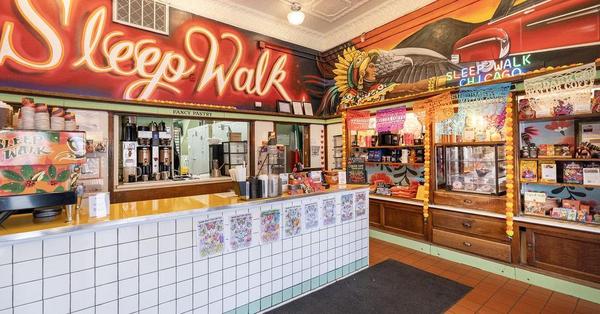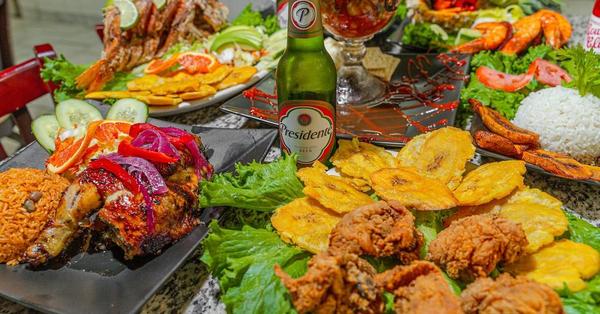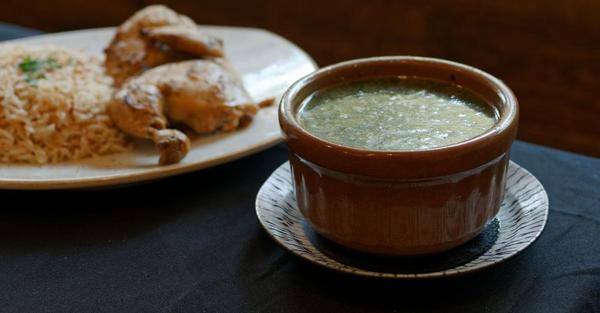
Meet the Writers, Chefs, Foragers, and Photographers who Helped Bring Sean Sherman’s ‘Turtle Island’ To Life - Racket
Sean Sherman’s Turtle Island: Food and Traditions of the Indigenous Peoples of North America is a stunning, ambitious cookbook, spanning several regions across North America—or, as it’s referred to in many Indigenous cultures of this land, Turtle Island. The book itself is historic: a broad introduction to North American Indigenous cuisine, with chapters featuring recipes all the way from the Canadian Arctic to the Mesoamerican Rainforests of Southern Mexico. The Eastern Woodlands of what’s now...
























